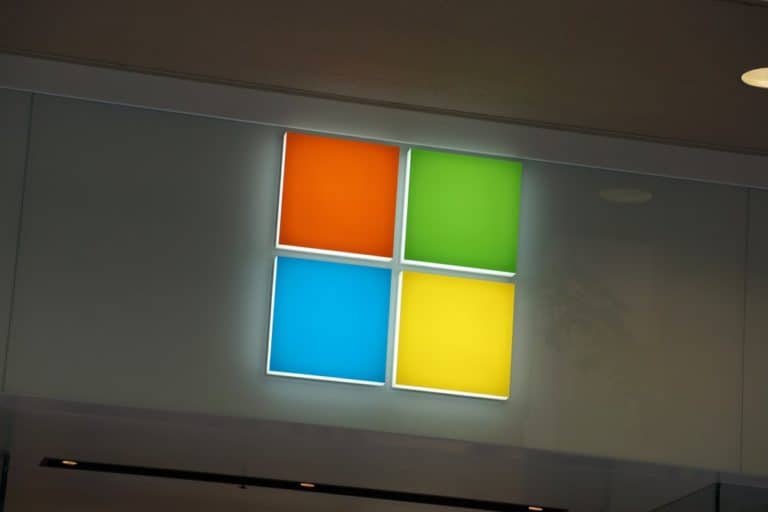Microsoft has announced that a new computing instance is available for Azure. This new instance has been made suitable for databases, Hadoop clusters and other analytical workloads. One of the functions that distinguishes the Lsv2 series from other options within the Microsoft cloud is the chip that underlies it.
In this specific case, Microsoft has opted for an instance that runs on an AMD Epyc-chip. Previous instances have been running on Intel Corp.’s market-leading Xeon processor. But in this case, Microsoft has chosen to go for a competitive company.
Lots of out/input
Recent additions to the Epyc products have helped AMD a lot lately to make its way into the normally Intel-dominated market of CPUs for data centers. AMD’s shares rose by four percent in value when Amazon announced to Web Instances that it would use new AMD chips for two of its instance product lines.
One of these products, the R5a, is aimed at the same kind of database as the new Lsv2 machines from Azure. However, while the R5a distinguishes itself primarily by large amounts of available memory, the Lsv2 places particular emphasis on supporting a high volume of input/output operations. This is a central requirement for apps like Hadoop, which run a lot of data to and from the storage.
The new instances come in five formats, with eight to eighty virtual CPUs. They support 340,000 to 3,400,000 input/output operations per second, with up to 19 terabytes of storage capacity. In terms of memory, each machine alone offers between 64 6n 640 gigibytes of working memory. To be clear: one gigibyte equals 1,074 gigabyte.
Under the hood, all five Lsv2 settings available use AMDs Epyc 7551 CPU. This chip uses 32 processor cores that are clocked at a minimum of 2 GHz and support 62 threats in combination. The clock speed increases to a maximum of 2.55 GHz when all cores are running and 3GHz in single-core mode.
This news article was automatically translated from Dutch to give Techzine.eu a head start. All news articles after September 1, 2019 are written in native English and NOT translated. All our background stories are written in native English as well. For more information read our launch article.